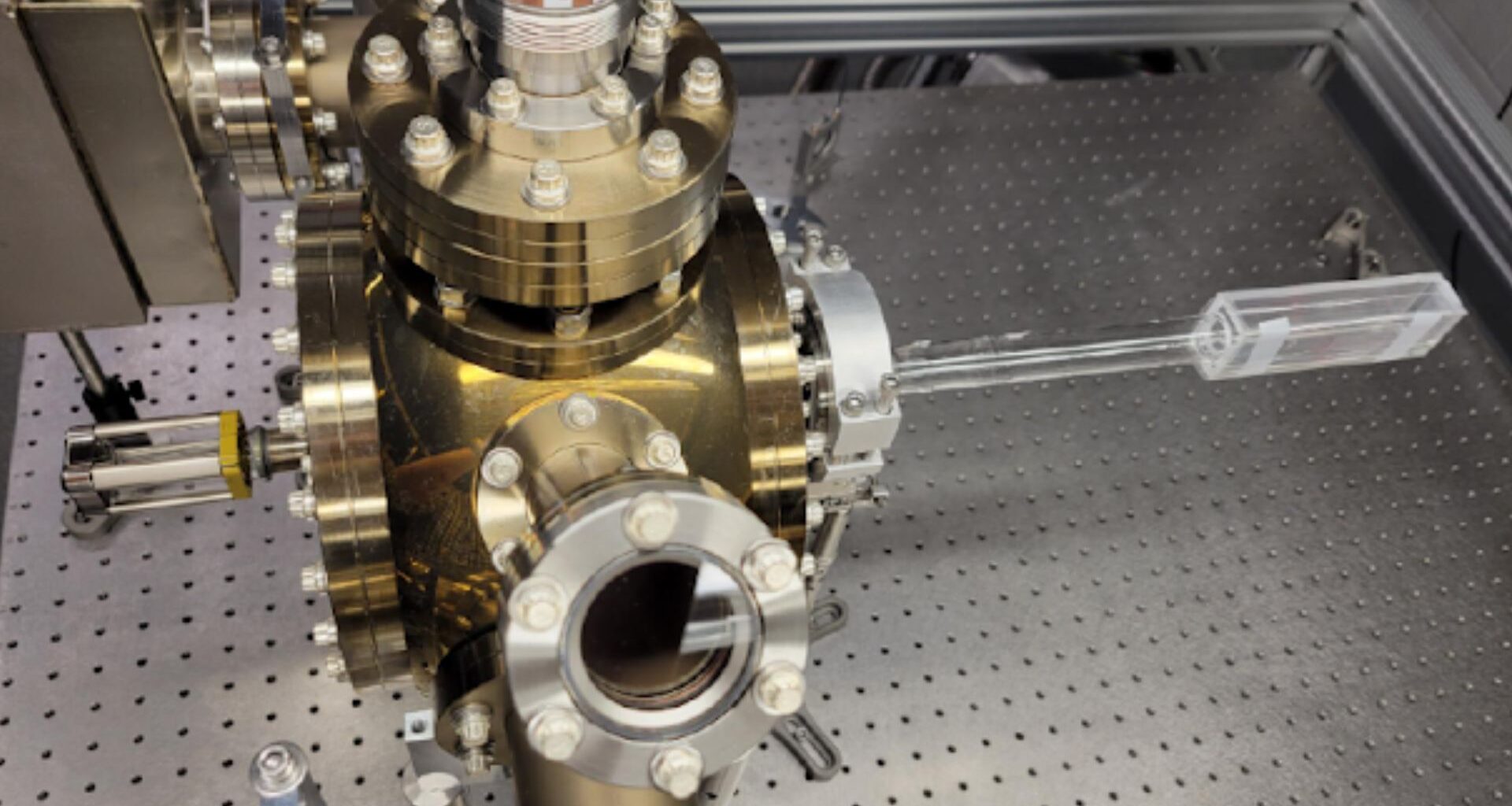In a significant step toward realizing the vision of quantum networks, a University of Illinois Urbana-Champaign (UIUC) research team has achieved a critical breakthrough.
Quantum communication relies on entanglement, a phenomenon where particles remain linked over distance, but standard atom-based systems use light wavelengths that degrade when transmitted over long-distance optical fibers.
Their new work successfully used an array of ytterbium-171 atoms to generate entangled photons directly in the telecom-band wavelength.
According to researchers, the innovative approach promises to bypass the efficiency loss and signal disruptions previously caused by converting light, paving the way for faster, safer, and more robust global quantum communication.
“By imaging the atom array onto an optical fibre array, we also implement a parallelized networking protocol that can increase the remote entanglement rate proportionately with the number of channels,” said the team in the research abstract.
Photon-atom connection
Researchers developed a quantum network using arrays of ¹⁷¹Yb atoms, recognized for their potential in long-distance quantum communication. This achievement represents an important advance toward building interconnected quantum processors capable of supporting distributed quantum computing and precision timekeeping through atomic clock networks.
The researchers utilized a metastable state in ¹⁷¹Yb that features a moderately broad transition at 1389 nm, enabling the creation of high-fidelity time-bin encoded entanglement between a single atom and a telecom-band photon, reports Phys.org. This approach ensures compatibility with existing fiber-optic infrastructure, facilitating efficient transmission of quantum information over long distances.
 An overview of the team’s platform.
An overview of the team’s platform.
The team showed that entanglement creation and single-photon collecting may happen simultaneously across multiple atoms by projecting their one-dimensional atom array onto a commercial fiber array. The scalability and performance of quantum networks are greatly improved by this parallelization, bringing us one step closer to real-world quantum communication systems that can connect quantum computers and sensors all over the world.
The researchers successfully demonstrated a scalable quantum networking architecture that functions well across numerous interconnected nodes. The researchers’ investigations demonstrated that their parallelized configuration continuously produced uniform, high-fidelity entanglement with little crosstalk between sites, which is a necessary condition for dependable quantum communication.
Synchronized quantum systems
To further improve stability and data integrity, the team developed a mid-circuit networking protocol, a technique designed to preserve the coherence of data qubits during network operations. This ensures that quantum information remains stable even as multiple connections are established simultaneously.
According to Phys.org, by identifying technological and physical constraints, the researchers thoroughly examined the variables influencing the fidelity of time-bin encoded atom-photon entanglement. Their results showed that with little technical improvement, a 99 percent faithfulness rate is achievable. Crucially, they verified that the system’s fiber array doesn’t generate extra mistakes that would impair entanglement performance.
The ¹⁷¹Yb atom array’s geometric architecture, which closely mimics a fiber array, is one of their platform’s noteworthy advantages. This structural compatibility facilitates simultaneous quantum operations and permits smooth integration with current optical systems.
According to the scientists, this method might be modified for a variety of parallelized quantum tasks, including synchronized sensing and distributed computation, advancing the field toward scalable and useful quantum networking.
The details of the team’s research were published in the journal Nature Physics.

